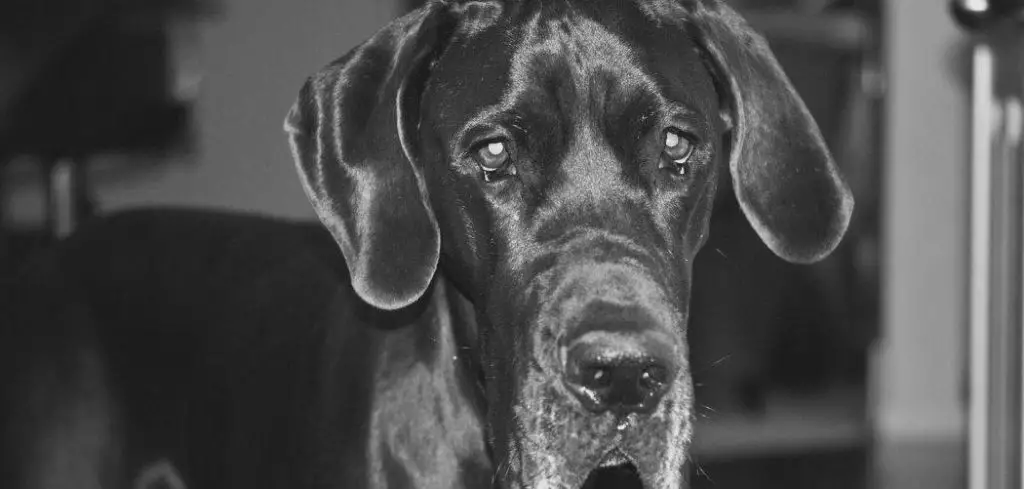When your dog seems nauseous and refuses to eat, it can be deeply concerning. Nausea can be subtle in dogs—manifesting as drooling, licking lips, or just turning away from food—and often signals an underlying issue.
We outline the common causes of dog nausea and not eating, what you can do at home, and when to seek veterinary help.
Dog Nauseous and Not Eating — Why It Happens
Dogs may feel nauseous and stop eating due to gastrointestinal upset, infections, pancreatitis, kidney disease, or side effects from medications. Some causes are mild and short-lived, while others require urgent veterinary intervention. Watch for other signs like vomiting, lethargy, or behavioral changes to help gauge the seriousness.

Dog Nauseous and Not Eating: Common Causes
Gastrointestinal Upset
Mild stomach upset is one of the most frequent reasons dogs feel nauseous and avoid food.
This could be caused by dietary indiscretion (eating something they shouldn’t), a sudden food change, or mild bacterial imbalance.
You may notice lip licking, grass eating, or swallowing frequently as signs of nausea.
Most cases resolve within a day or two, but if your dog is not eating or begins vomiting, it may point to a deeper issue.
Pancreatitis
Pancreatitis is inflammation of the pancreas, and it often begins with nausea and appetite loss.
Dogs may appear hunched over, lethargic, or exhibit abdominal pain when picked up.
Fatty foods, obesity, or underlying metabolic disorders can trigger an episode.
Pancreatitis can be life-threatening and should be taken seriously, especially if vomiting or diarrhea follows.
Read more: Dog Not Pooping and Not Eating (What it means)
Kidney Disease
In both acute and chronic kidney disease, nausea is a common early symptom.
Toxin buildup in the blood can make your dog feel sick, leading to appetite loss and vomiting.
Your dog may also drink more or less than usual, urinate abnormally, or appear depressed.
This condition requires prompt bloodwork and veterinary diagnosis to manage properly.
Medication Side Effects
Certain medications—especially antibiotics, NSAIDs, or chemotherapy drugs—can cause nausea.
If your dog recently started a new prescription and begins refusing food or drooling excessively, consult your vet.
Never stop medication without guidance, but alert your veterinarian so alternatives or supportive care can be provided.
Liver Disease
The liver plays a key role in digestion and toxin filtration.
When liver function is impaired, dogs may feel nauseated, lethargic, and disinterested in food.
Yellowing of the eyes or gums (jaundice), dark urine, or neurological changes may also occur.
Early treatment can support liver function and reduce discomfort.
Motion Sickness or Anxiety
If your dog is only nauseous and not eating after a car ride or stressful event, motion sickness or anxiety may be to blame.
Dogs prone to travel sickness often salivate heavily, pant, and then refuse to eat for hours afterward.
Stress-induced nausea may occur during thunderstorms, fireworks, vet visits, or boarding stays.
While usually temporary, repeated episodes may benefit from anti-nausea or calming medications.
What to Do If Your Dog Is Nauseous and Not Eating
First, monitor your dog closely for additional symptoms—vomiting, diarrhea, lethargy, bloating, or labored breathing should be noted.
If your dog skips one meal but otherwise seems alert and hydrated, it may be safe to wait 12–24 hours before feeding again.
Offer small amounts of bland food like boiled chicken and rice to entice eating without irritating the stomach.
Keep your dog calm and avoid rich treats or sudden diet changes until the appetite returns.
If medication is suspected, ask your vet whether adjustments or supportive anti-nausea meds are needed.
Avoid forcing food—this can worsen nausea or create food aversion.
When to Call or Visit Your Vet
If your dog’s nausea lasts longer than 24 hours, or if they exhibit any of the following, contact your vet:
Vomiting more than once or vomiting with blood
Diarrhea that persists more than 24 hours
Signs of pain, bloating, or restlessness
Lethargy, weakness, or collapse
Yellowing of the eyes or gums
Known toxin exposure or recent medication changes
Dogs can decline quickly when not eating or keeping fluids down, especially small breeds or seniors.
Early intervention can prevent dehydration and catch serious conditions like pancreatitis or organ failure before they progress.
Read more: Dog Not Feeling Well and Not Eating (What it signals)
Key Takeaway
When your dog seems nauseous and refuses to eat, it’s often a sign something is off inside their body. From mild tummy troubles to more serious conditions like kidney or liver disease, there are many possible causes.
Trust your gut—if your dog’s symptoms persist or worsen, your vet can help determine the underlying issue and get them back on track.
Offering gentle care and timely medical support is the best way to help your nauseous dog feel better and regain their appetite.
